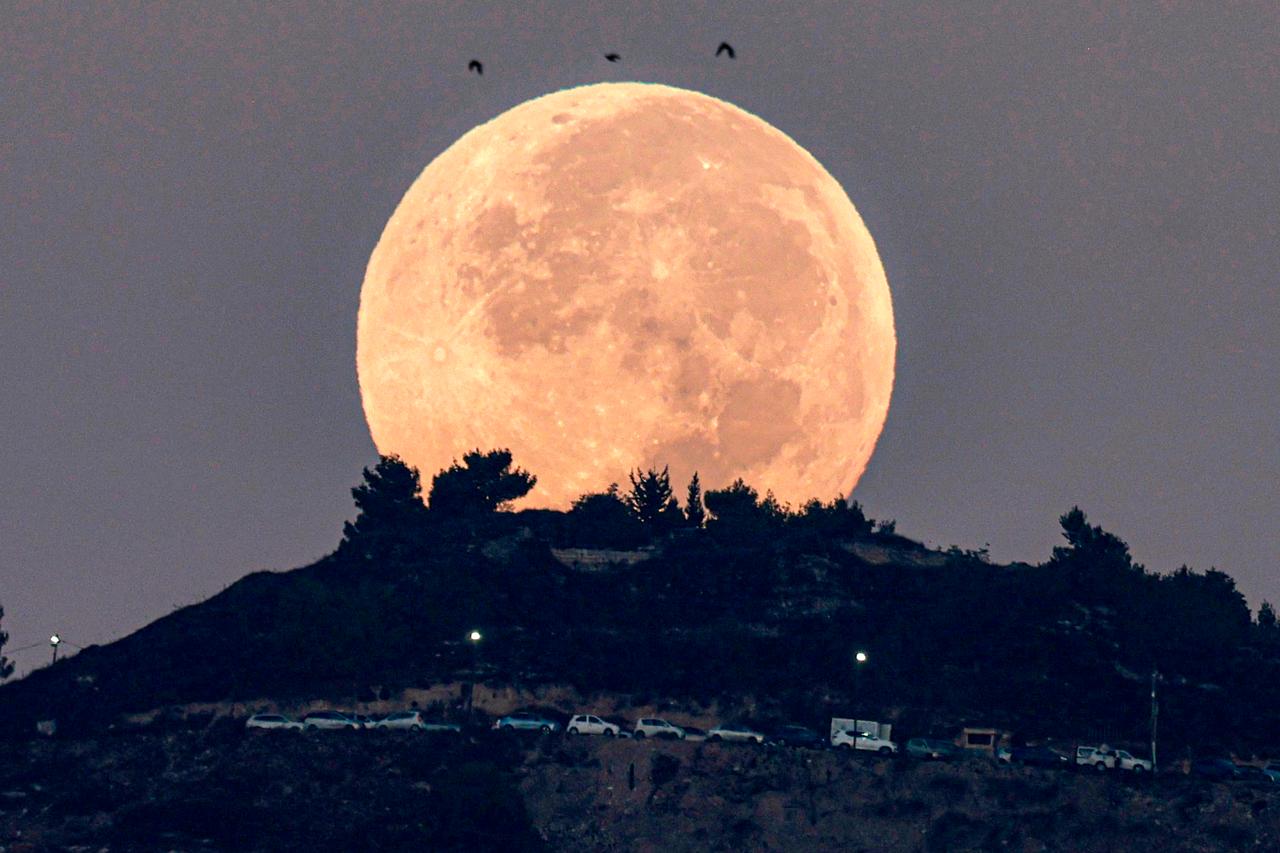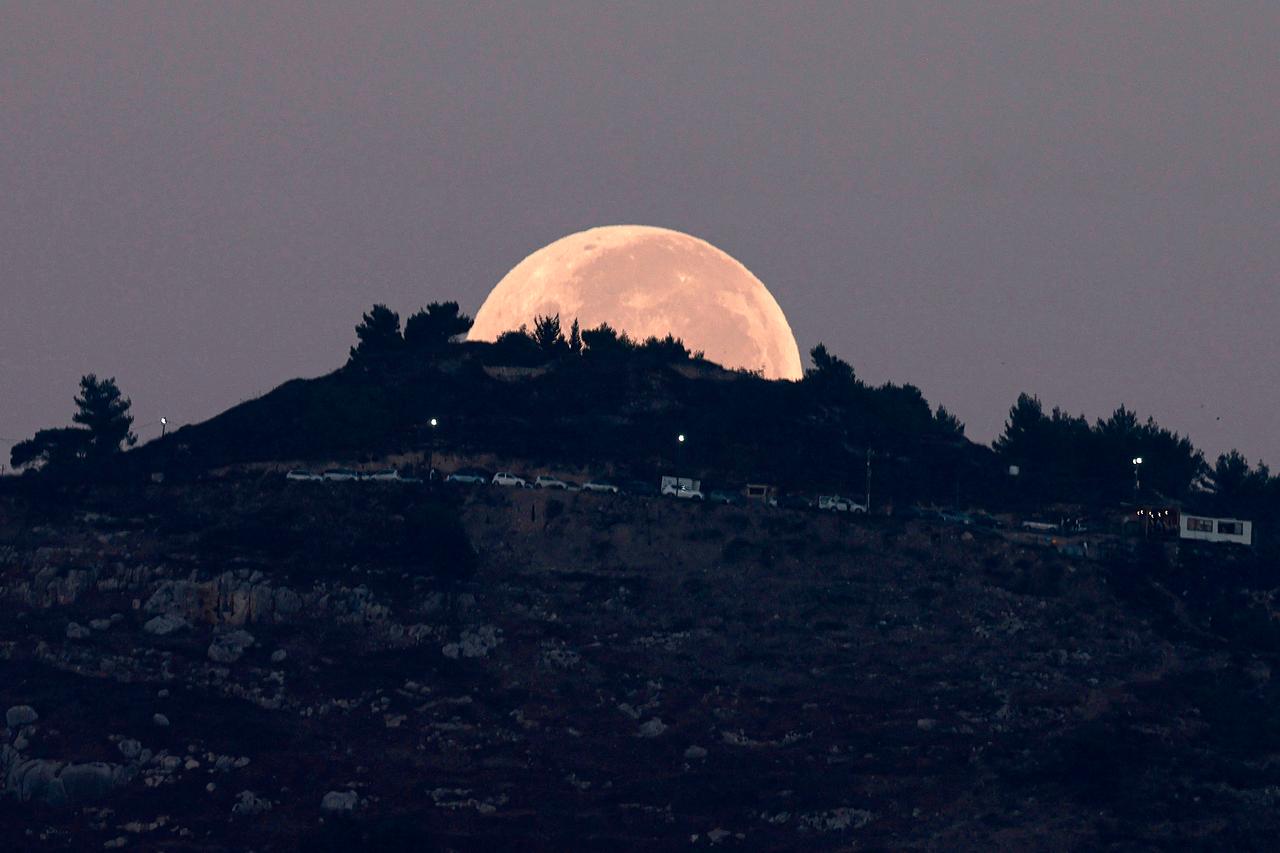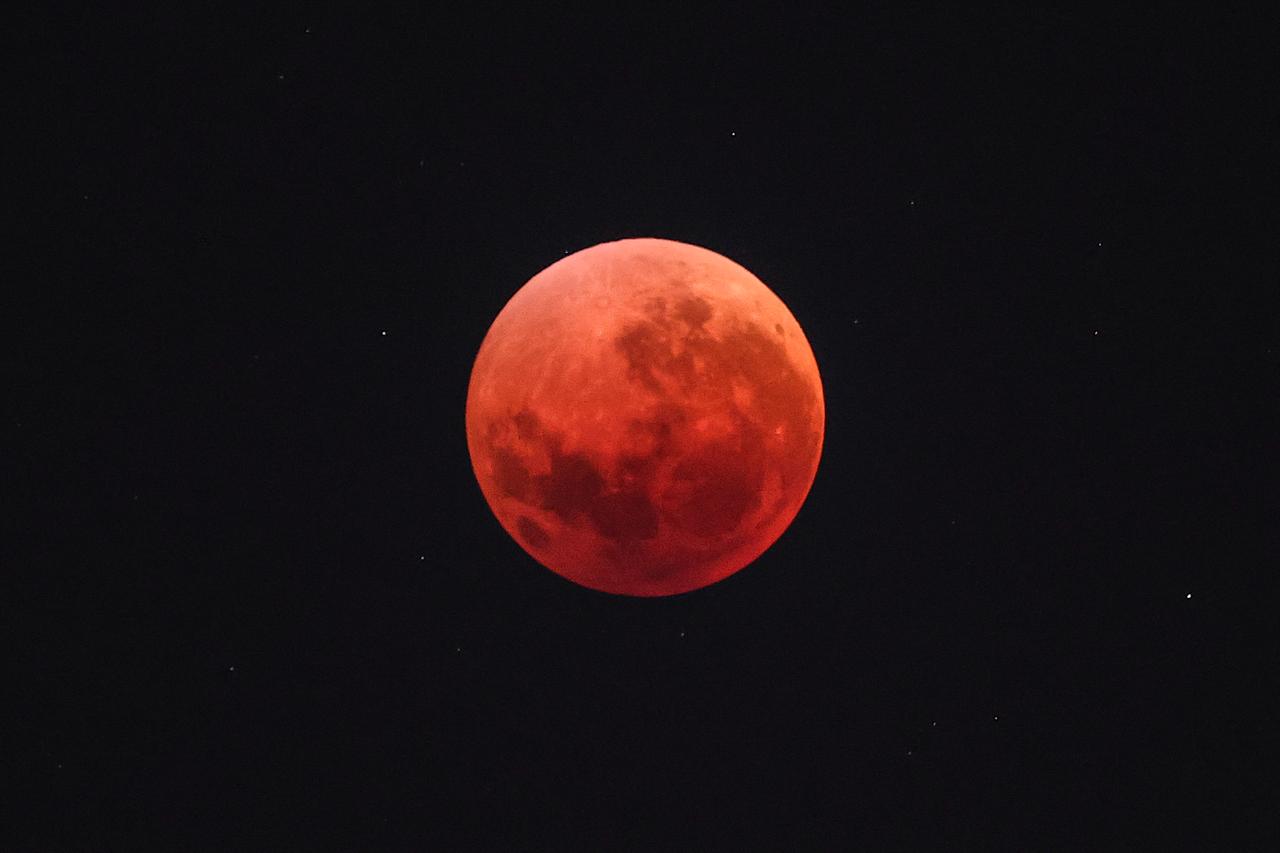
A red, or “blood,” moon occurs when the Earth moves directly between the sun and the moon, casting its shadow across the lunar surface. The reddish color results from Rayleigh scattering, the same process responsible for the color of sunsets.
A study conducted at Universitas Islam Negeri Sumatera Utara in Indonesia reports that the red moon is widely linked to eschatological signs in major religions, including Christianity and Islam.
The research also highlights that in several civilizations, such as Ethiopian, Egyptian, and Jewish, the phenomenon carries deep spiritual and cultural significance beyond its religious associations.

In Christianity, the red moon is closely associated with biblical prophecy, appearing in the Books of Joel and Revelation as a sign of the “end of times” and divine judgment.
Contemporary interpretations, including the “Blood Moon Prophecies” popularized by 21st-century pastors like John Hagee.
Hagee bases his interpretation of the blood moon on the idea that these eclipses are divine signals that indicate the imminence of the end times and the second coming of Christ.
In Islam, while the Qur’an does not explicitly mention a red moon, eclipses in general are regarded as unmistakable signs of God’s power and reminders of the Day of Judgment.
The Prophet Muhammad (peace be upon him) emphasized their spiritual significance by encouraging Muslims to perform the special eclipse prayer (Salat al-Kusuf).
Within Judaism, the red moon is also associated with prophecy, frequently connected to eschatological themes.
Its appearance sometimes coincides with major festivals such as Passover and Sukkot, which has led to interpretations of the eclipse as a divine signal concerning the fate of Israel and humanity.
Turning to the ancient world, the Egyptians linked lunar phenomena to their pantheon, particularly the god Thoth, guardian of wisdom and cosmic balance.
A red moon was often interpreted as a warning of disorder or divine disapproval, prompting rituals designed to restore harmony between order (maat) and chaos (isfet).
In Arab folklore, the blood moon often bore more earthly associations, symbolizing impending conflict, disaster, or shifts in fortune, while also being tied to the rhythms of agriculture, where its appearance might predict either famine or abundance.

In Asia, the red moon carries varied cultural meanings. In China, it is seen as a symbol of transformation and renewal, with the color red representing luck and vitality. In Hinduism, lunar eclipses are considered moments for ritual purification and spiritual reflection.
In Japan, the red moon is linked to mythological deities such as Tsukuyomi, promoting contemplation and harmony with nature.
In Ethiopia, particularly among Orthodox Christians, the red moon is viewed as a divine sign calling for prayer and vigilance. It also influences agricultural practices, marking key moments in planting and harvesting cycles.
Collectively, these diverse interpretations reveal the ways in which a single astronomical event has been woven into the spiritual and cultural fabric of human societies, transforming a predictable celestial alignment into a profound symbol of cosmic meaning.